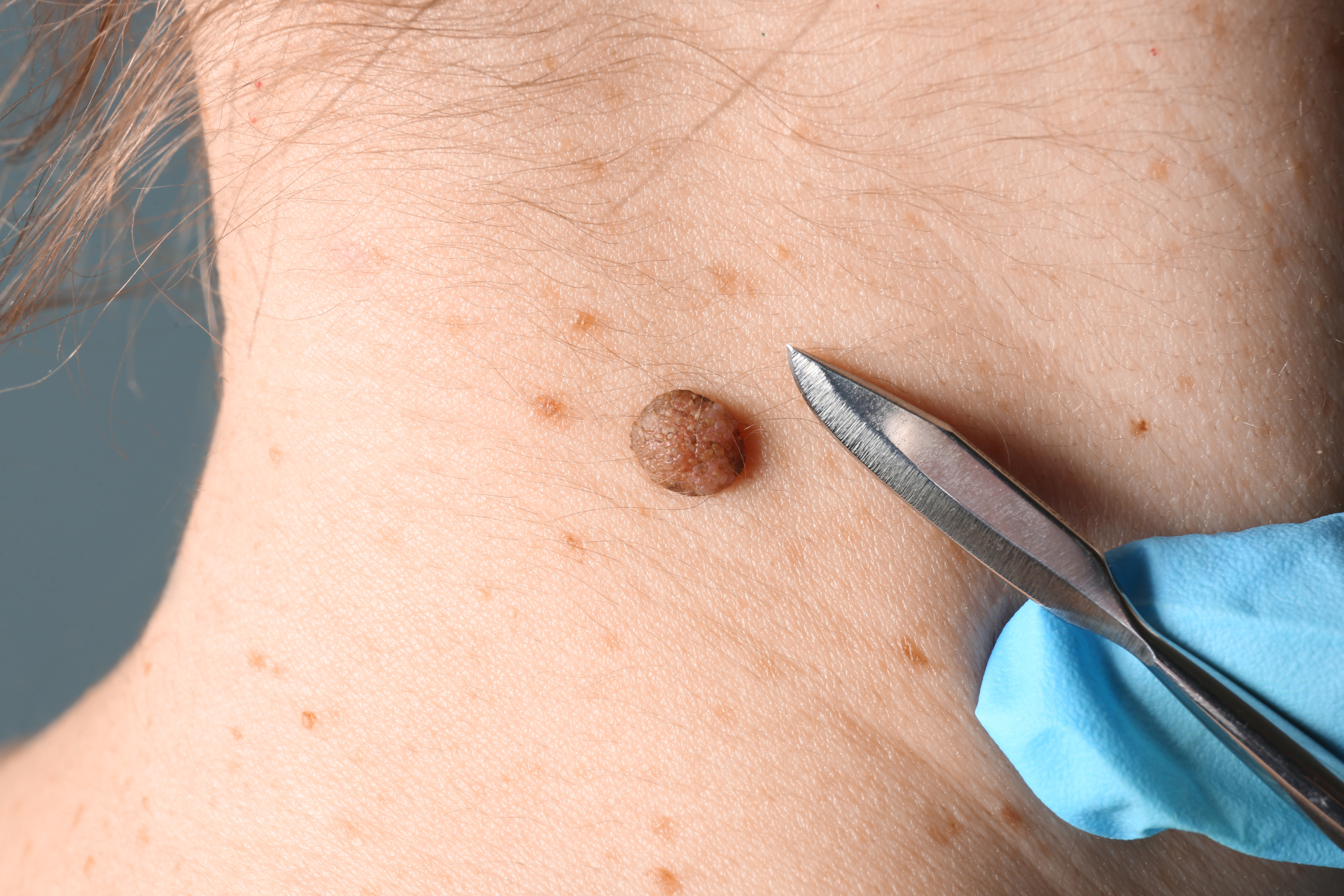Understanding Mole Removal: What to Expect

At some point in our lives, we may notice a suspicious mole on our skin that causes concern. While most moles are harmless, some may need to be removed for medical reasons. If you have decided to undergo mole removal, it's natural to have questions and concerns about the process. In this post, we will delve into what to expect when it comes to mole removal procedures, so you can feel informed and prepared for your appointment at Fall Creek Skin and Health Clinic.
Moles are common skin growths that can vary in size, shape, and color. While many moles are harmless, some may be atypical or show signs of potential skin cancer. If your dermatologist at Fall Creek Skin and Health Clinic recommends mole removal, it's important to understand the procedure and what to expect during and after the process.
Before the Mole Removal Procedure
Before the actual mole removal process, your dermatologist will conduct a thorough examination of the mole to determine the best course of action. They may take photographs of the mole for reference and discuss any potential risks or complications with you.
During the consultation, your dermatologist at Fall Creek Skin and Health Clinic will also explain the different methods of mole removal available, such as surgical excision, shave excision, or laser removal. The choice of removal method will depend on the size, location, and type of the mole.
The Mole Removal Procedure
On the day of your mole removal procedure at Fall Creek Skin and Health Clinic, you can expect the following steps:
1. Preparation
The area around the mole will be cleaned and sterilized to minimize the risk of infection.
2. Anesthesia
Depending on the method of removal and the size of the mole, your dermatologist may administer local anesthesia to numb the area.
3. Removal
The dermatologist will carefully remove the mole using the chosen method. For surgical excision, the mole will be cut out and the wound may require stitches. For shave excision, the mole will be shaved off at skin level. Laser removal involves using a laser to target and remove the mole.
4. Wound care
After the mole is removed, the wound will be cleaned and dressed. Your dermatologist will provide you with instructions on how to care for the wound at home.
After the Mole Removal Procedure
After the mole removal procedure, you may experience some mild discomfort, redness, or swelling around the treated area. The healing process can vary depending on the method of removal and the size of the mole.
It's important to follow your dermatologist's post-care instructions diligently to ensure proper healing and minimize the risk of complications. This may include keeping the wound clean and dry, avoiding strenuous activities, and applying any prescribed ointments or dressings.
It's normal to feel a mix of emotions after having a mole removed, especially if the mole was of concern to you. If you have any questions or concerns during the healing process, don't hesitate to contact your dermatologist at Fall Creek Skin and Health Clinic for guidance and support.
In conclusion, mole removal is a common procedure that can help address both cosmetic and medical concerns. By understanding the process and what to expect before, during, and after the mole removal procedure, you can feel more confident and informed about your decision. At Fall Creek Skin and Health Clinic, our dermatologists are committed to providing quality care and support throughout the mole removal process. If you have any questions or would like to schedule a consultation, contact us today.



Need Our Services?
Book a free consultation

Our promise is to offer high-quality medical attention at a fair price in a clean, friendly, and professional environment.
QUICK LINKS
BUSINESS HOURS
- Mon - Thu
- -
- Friday
- -
- Saturday
- Appointment Only
- Sunday
- Closed
All Rights Reserved | Fall Creek Skin and Health Clinic |
